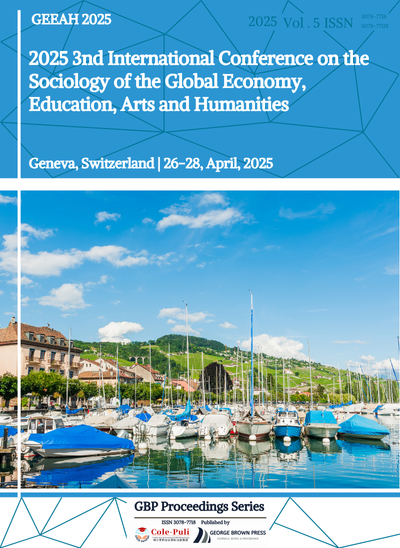The Natural Picture and Implementation Path of the Construction of Data-Driven Human Resources Agile Service Platform: Take a Case Study of Dalian Example
DOI:
https://doi.org/10.71222/16wsat09Keywords:
data-driven agile services, intelligent, human resources platform, public employment servicesAbstract
The advantage of urban talent competition is the embodiment of urban vitality, people go with the industry, the city depends on the industry, how to maximize the integrated efficiency of the "people-industry-city" model has become the key to systematically addressing urban talent challenges. At present, Dalian's "human resources agile service platform" is faced with problems such as insufficient integration of the existing employment information platform system, underdeveloped grassroots public employment service institutions, and unclear funding mechanisms for the construction and upgrading of grassroots information platforms. In order to accelerate the realization of an agile, intelligent and accurate "human resources agile service platform", it is urgent to build an integrated public employment service system, develop a precise human resource management platform, establish a collaborative and targeted employment cooperation mechanism, and improve the guarantee mechanism of the digital employment system.
References
1. M. Nachit and C. Okar, "Digital transformation of Human Resources Management: A Roadmap," in Proc. 2020 IEEE Int. Conf. Technol. Manag., Oper. Decis. (ICTMOD), Marrakech, Morocco, 2020, pp. 1–6, doi: 10.1109/ICTMOD49425.2020.9380608.
2. W. Yu and S. Dong, "Characteristics and its transformation of human resources in digital economy," in Proc. 2021 12th Int. Conf. E-Bus., Manag. Econ., pp. 552–556, 2021, doi: 10.1145/3481127.3481249.
3. J. Chen and B. Xiong, "Study on the impact of the digital economy on employment quality and the mechanism of action based on China’s interprovincial panel data from 2013 to 2022," Sustainability, vol. 17, no. 1, Art. no. 127, 2025, doi: 10.3390/su17010127.
4. K. Su, "Optimization model of employment and entrepreneurship guidance for university graduates using credible neural network and Spark big data technology," Secur. Commun. Netw., vol. 2022, Art. no. 9727683, 2022, doi: 10.1155/2022/9727683.
5. R. Toh and J. P. Sampson, "Improving public employment service delivery in developing countries: Right servicing through the cognitive information processing approach," Br. J. Guid. Couns., vol. 49, no. 1, pp. 90–103, 2021, doi: 10.1080/03069885.2019.1577357.
6. L. Li and S.-B. Tsai, "An empirical study on the precise employment situation‐oriented analysis of digital‐driven talents with big data analysis," Math. Probl. Eng., vol. 2022, Art. no. 8758898, 2022, doi: 10.1155/2022/8758898.
7. Y. Li and J. Deng, "The construction of big data college employment information service platform from the perspective of precise assistance," in Proc. 5th Int. Conf. Big Data Educ., pp. 114–120, 2022, doi: 10.1145/3524383.3524402.
8. M. Jing and W. Yong, "The development of employment platform that basing on smart employment," in Proc. 2016 8th Int. Conf. Meas. Technol. Mechatronics Autom. (ICMTMA), Macau, China, 2016, pp. 747–750, doi: 10.1109/ICMTMA.2016.184.
9. H. Liang, J. Fan, and Y. Wang, "Artificial intelligence, technological innovation, and employment transformation for sustaina-ble development: Evidence from China," Sustainability, vol. 17, no. 9, Art. no. 3842, 2025, doi: 10.3390/su17093842.











